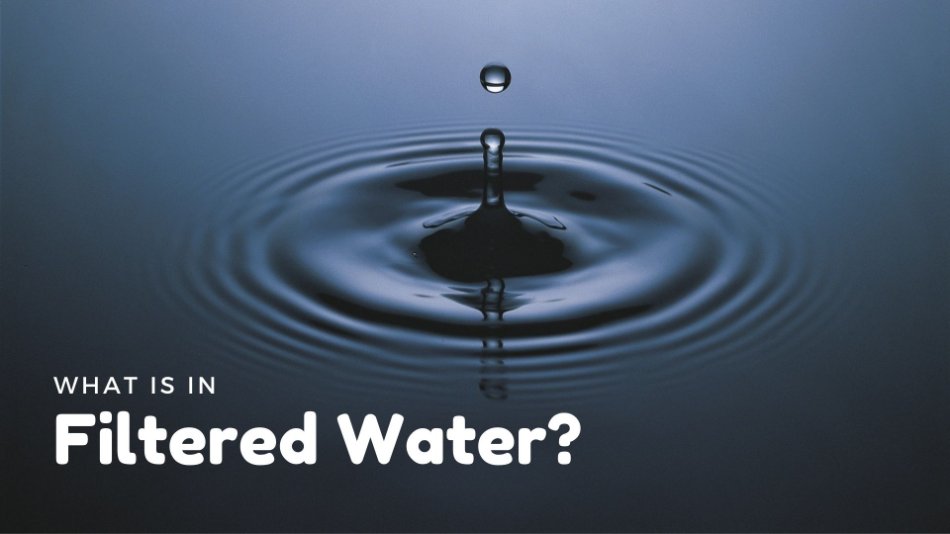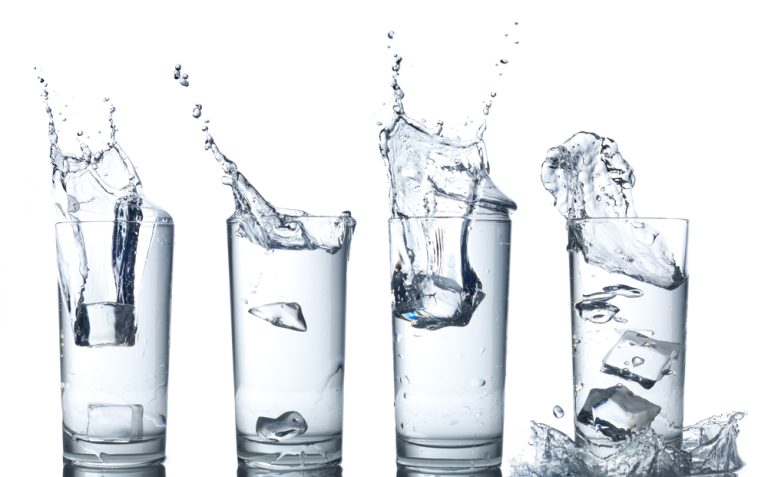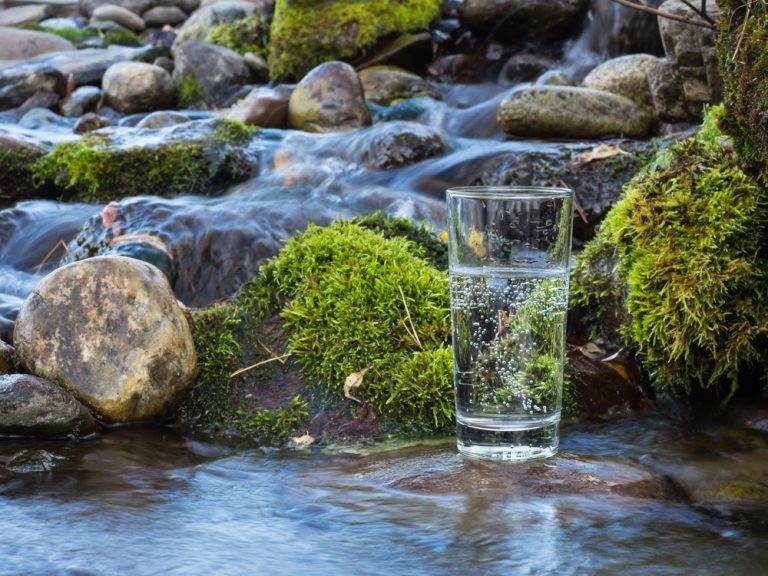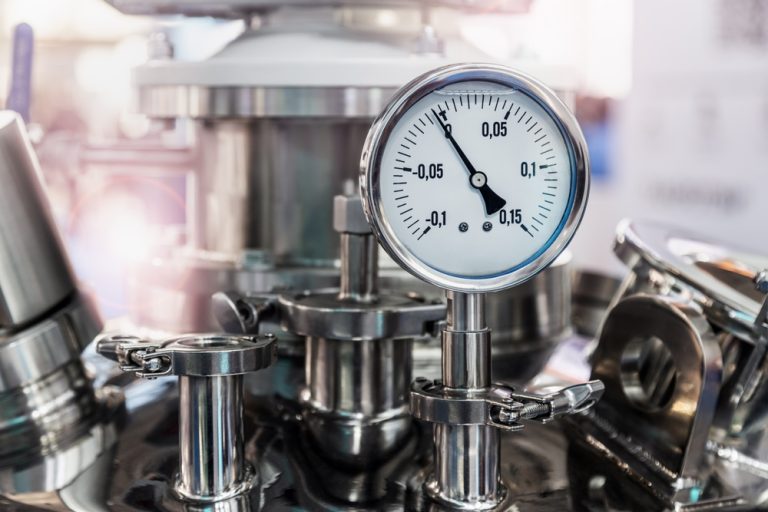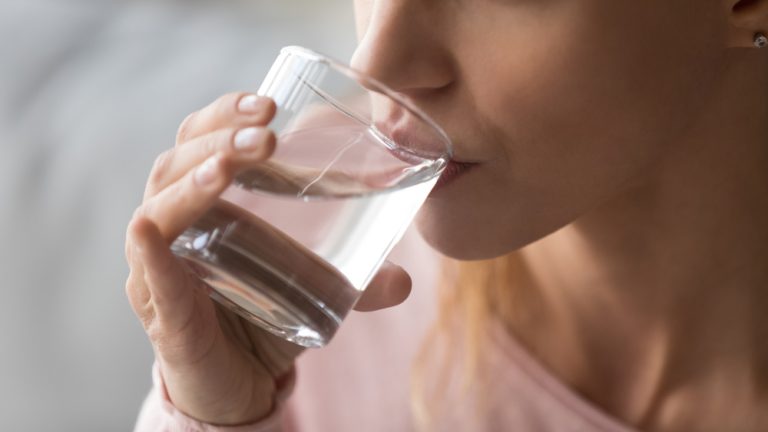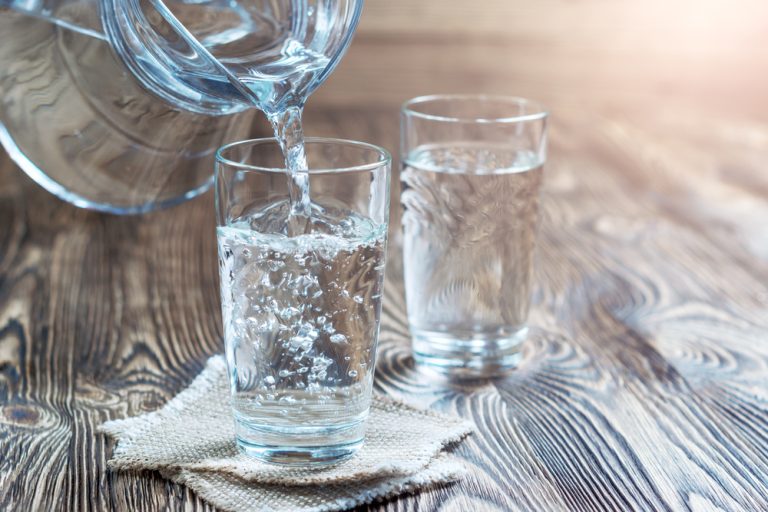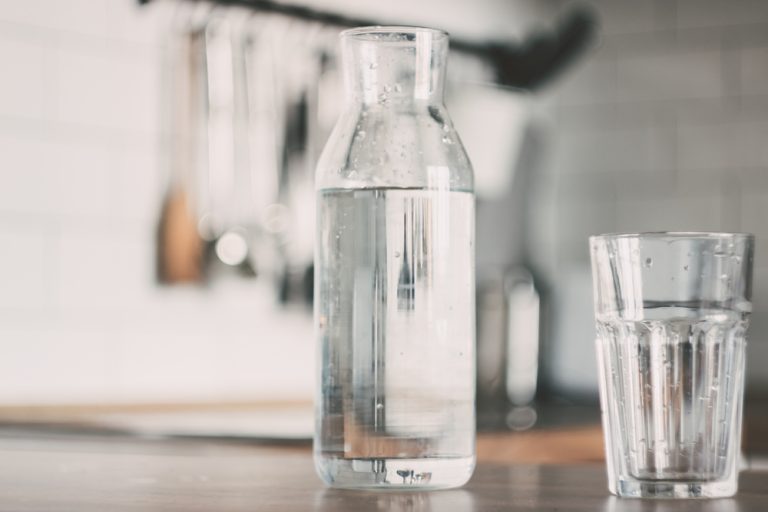What is in Filtered Water?
You’ve probably been asked many times, “Do you have filtered water?” or “Is your water filtered?”.
You may not even know what the difference is between filtered and unfiltered water or that there is a difference between tap water and filtered water.
You also may not know that when you get water from your faucet, you are already getting some form of filtered water.
So the question then becomes – what is in filtered water? Are you just drinking pure water, or are there other things in it? So many people believe that filtered water is the best option. This article will help you know what is in it because everyone should know what they are putting into their bodies.
What’s in Filtered Water?
Ultimately, what’s in your filtered water depends on what kind of filter you’re using. Some filters will make your water completely pure, while other filters will leave some contaminants behind. So to truly know what is in your filtered water, find out which filtering system you use and see what types of contaminants your filtration system filters out (and leaves behind).
Types of Filters
There are many different types of filters.
When you filter your water you are getting rid of a lot of the health issues caused by things like bacteria, heavy metals, and pesticides.
What you want kept out of your water is all dependent on the filter you have.
These are some of the most common filter types and what they remove.
Related: What do Brita Filters Remove?
Activated Carbon
This is the filter you will see used the most. It also so happens to be the most inexpensive choice too. This is the filter that is used a majority of the time when it comes to counter sinks.
When it comes to activated carbon filters, it brings in and sucks in particles. The water travels across a filtering divider that contains carbon, where bad contaminants can get stuck.
Activated carbon filters can help take out a lot of the heavy metals, parasites, pesticides, radon and MTBE that is found in a lot of unfiltered water.
Activated Carbon filtering is usually used in devices solely designed to filter water right as it enters your house, such as under a sink, in a faucet, or just plain old pitchers.
The less bad stuff you have in your water, the happier and healthier you can be.
Aeration
This type of filtering is usually used around the part of the house where there is entry for your water. Aeration filtering makes the water entering your home go through strong pressurized air jets.
When the water is coming into your home it has gas offshoots or radon toxins which turn into gas rather easily when in water, and they will evaporate immediately when they go through the aeration filter.
Unfortunately, aeration filters do not filter out other bad toxins like mercury or parasites.
Cation Exchange
When it comes to this type of filtering, this is a whole house filter and softening idea that will take positively charged specks and use them to attract the negatively charged specks like calcium, magnesium, and barium.
Your water will travel through droplets of resin, and this is where the positive specks hold on to the droplets and swap areas with the negative ions in your water.
You are probably thinking that calcium and magnesium are not very dangerous to consume, and you would be right. But what you probably do not know is that those two things can damage your home’s pipes.
And you have to watch out for barium because that is something that is not good for your health. So not only will you still be drinking unhealthy water, but that water may cost you money in the end as well when it damages your house.
Distillation
Distillation is not the most popular form of filtering these days, but it still works. Bringing water to a boil is one of the more efficient ways to get rid of pathogens and any heavy metals in your water.
Distillers bring water to a boil, which turns it into steam and then condenses it back into liquid form. Doing this kills any bacteria, virus, and other pollutants like lead, mercury, and arsenic that could be found in your water.
If your home uses this method of filtering, it is probably found in points of entry like where your water enters your house or under sinks.
Either way, distillation helps make sure your water is as clean as it possibly can be.
Reverse Osmosis
This is a really effective and cost-effective way to make sure the water you drink is as clean as ever. RO filters are usually point-of-entry as well.
Reverse osmosis will use pressure to force the water through a semipermeable membrane which will remove almost all contaminants.
If you are someone or live with someone who has a compromised immune system, this is the kind of water filter system that is recommended. That’s because reverse osmosis filtration removes more pathogens than any other method.
However, there is a downside, and that is waste. Almost 4 gallons of water get thrown away for every one gallon of fresh water. So while you may be getting the cleanest water possible, you are wasting water as well.
UV Disinfection
UV disinfection of water destroys parasites, bacteria, and viruses using an ultraviolet light. However, UV filters do not get rid of other contaminants such as iron or synthetics from your water. This type of filtering is usually found at the point of use, under the sink.

